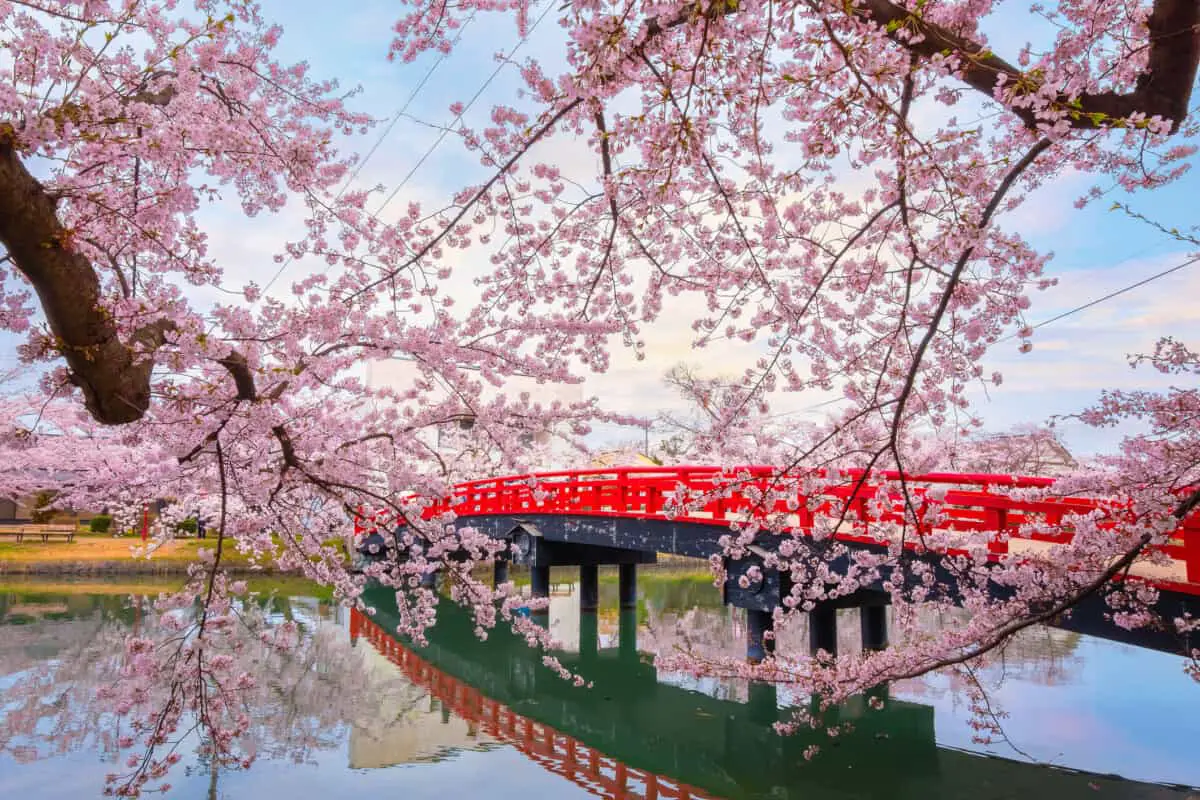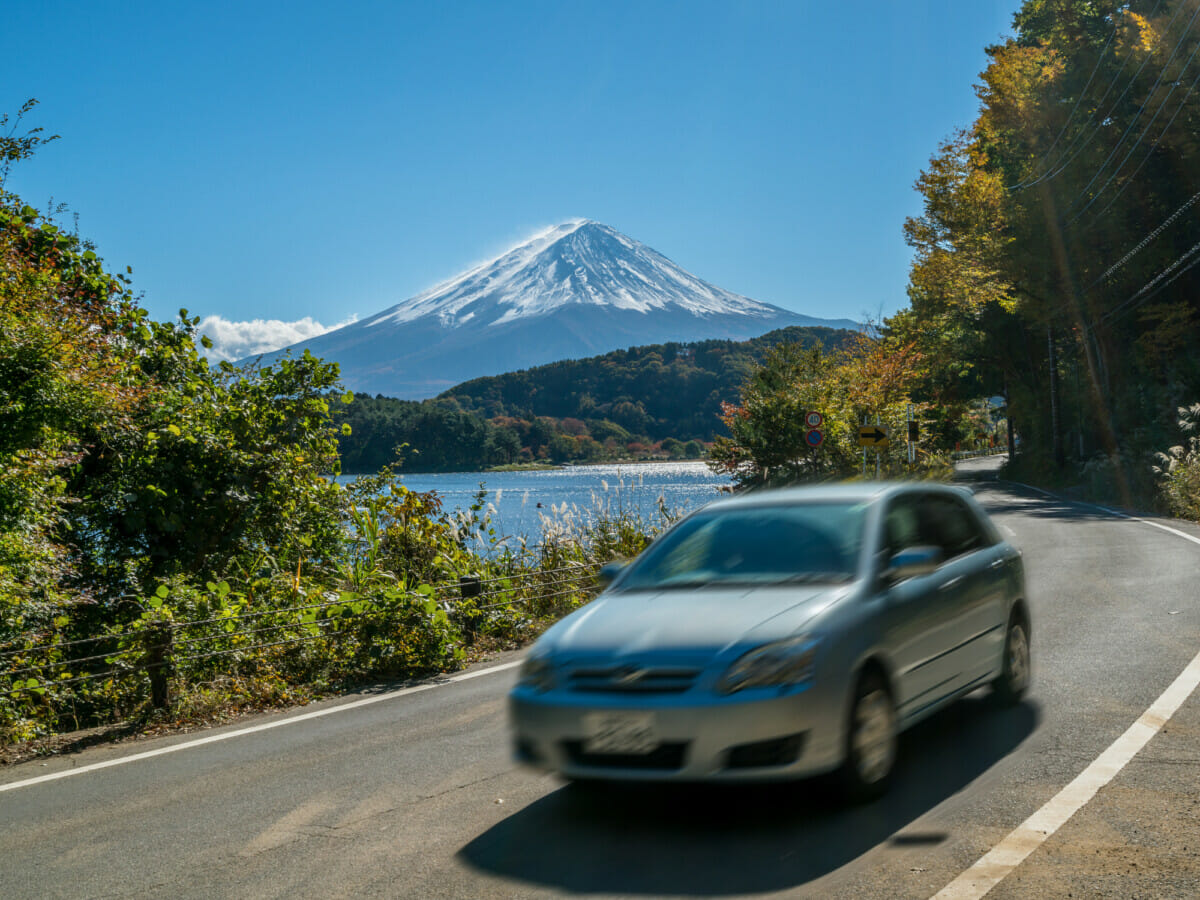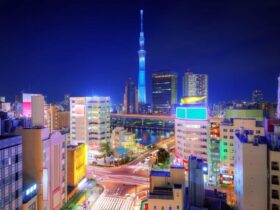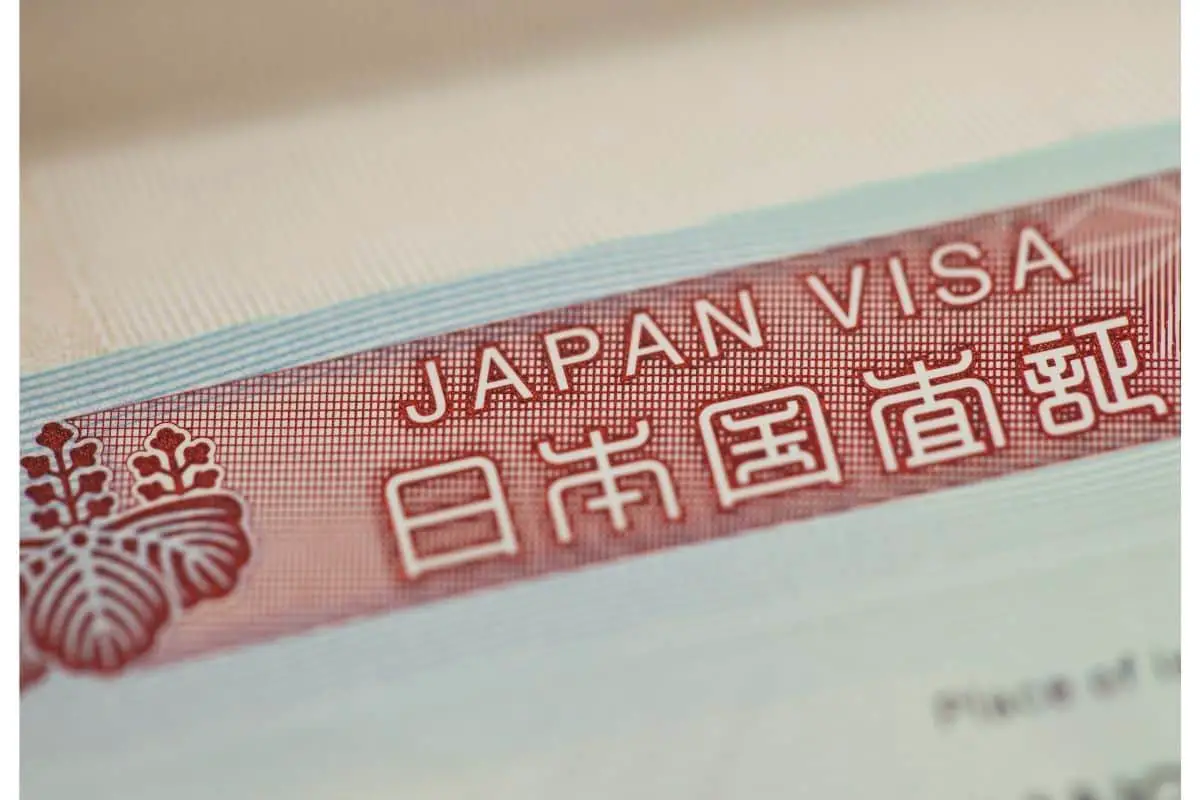Introduction
Japan, the land of the rising sun, with its eclectic blend of traditional charm and contemporary sophistication, offers a cultural, gastronomic, and aesthetic journey that few destinations can match.
Steeped in history, tradition, and beauty, Japan is a place where ancient rituals coexist with modern technology, resulting in a unique harmony that is seen in everyday life.
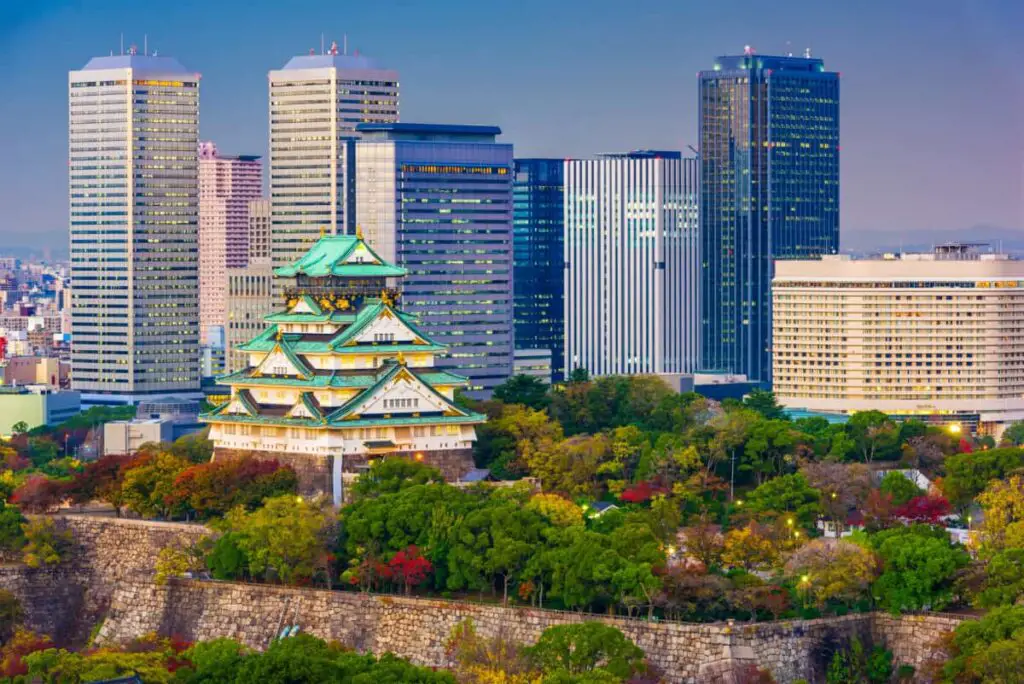
From its temples, shrines, and tea ceremonies to its skyscrapers, bullet trains, and vibrant pop culture, Japan presents a kaleidoscope of experiences that leave visitors enchanted.
A trip to Japan any time of the year is an adventure in itself, but a visit during April adds a whole new dimension to the experience. The country embraces spring in all its glory, with cherry blossoms, also known as Sakura, transforming the landscapes into dreamy shades of pink.
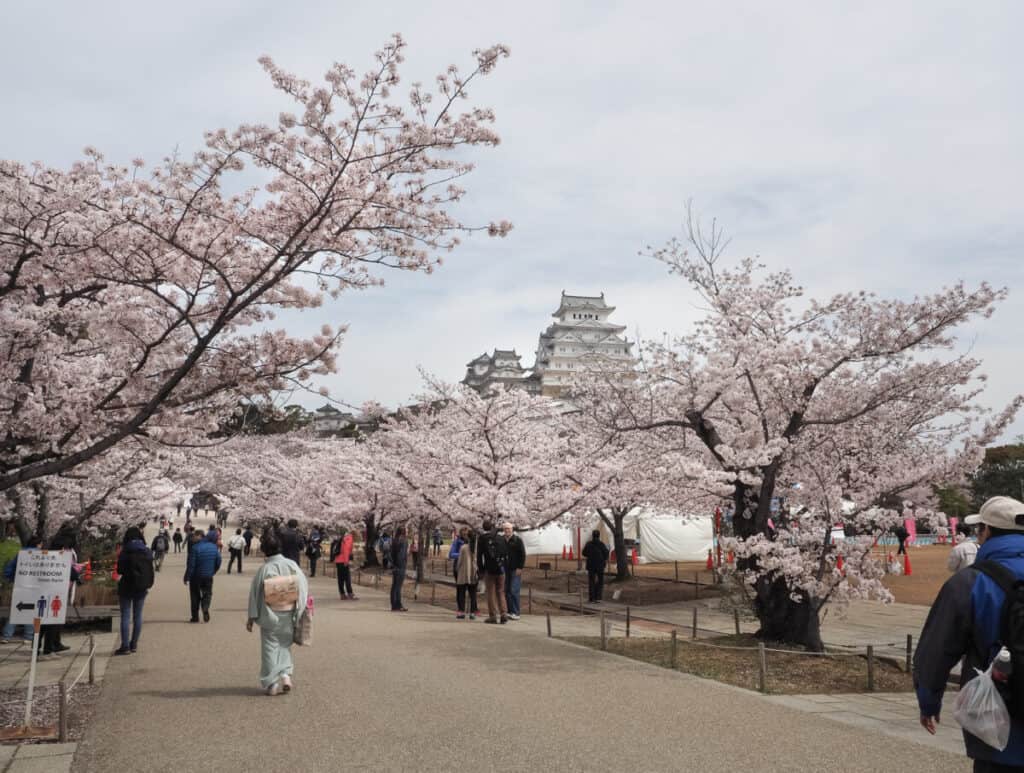
These delicate blooms, an enduring metaphor for the ephemeral nature of life, ignite a nationwide celebration and a series of events and traditions that offer a deeper understanding of the Japanese way of life.
April in Japan is also a time of cultural festivities and changes in gastronomy, reflecting the fresh offerings of the spring season.
Traditional festivals, or matsuri, offer a window into the local customs and communal spirit, while a shift towards spring ingredients brings new flavors to the dining table.
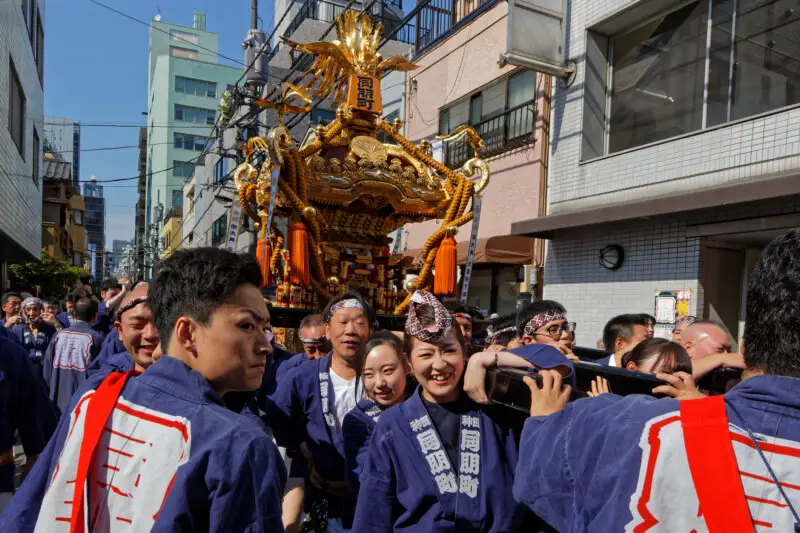
This article provides a comprehensive guide for traveling to Japan in April, offering 25 essential tips that span across various aspects – timing your visit, navigating the transportation system, making the most of the cherry blossom season, understanding the food culture, finding the right accommodations, participating in April events, respecting the local customs, shopping, and other practical advice.
It aims to equip you with knowledge and insights that will enhance your experience and help you appreciate the multifaceted beauty of Japan during this magical time of the year.
The Importance of Timing Your Visit
The timing of your visit to Japan can significantly influence your overall experience. April, in particular, holds a certain allure.
With its mild temperatures, bright blue skies, and cherry blossoms adorning the landscapes, it’s a picturesque time of year that captivates the hearts of locals and tourists alike.
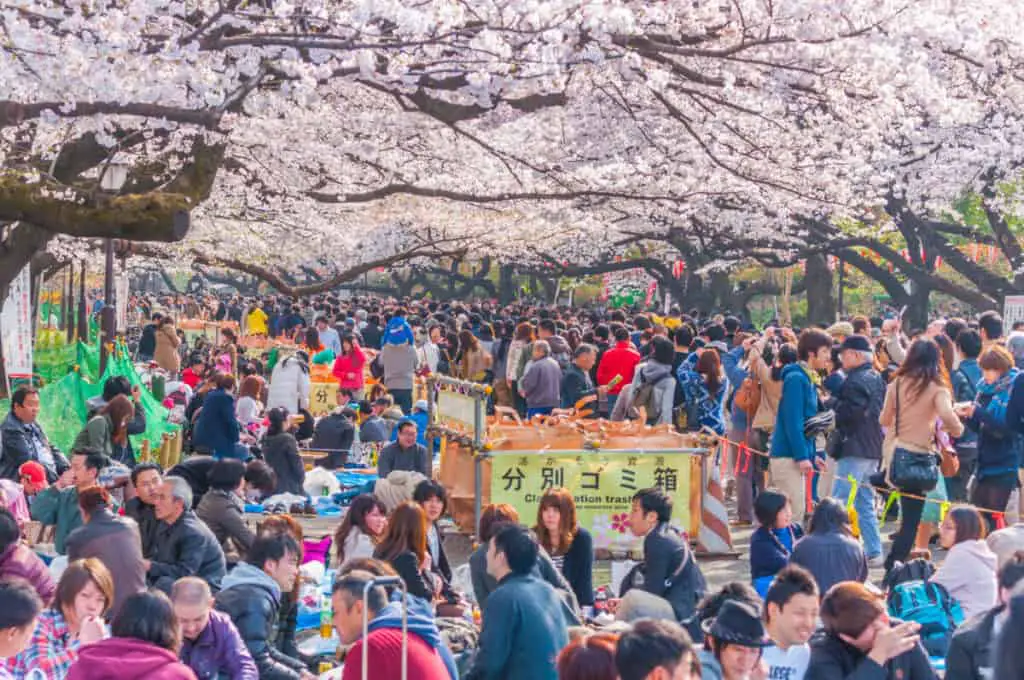
One of the main attractions of April is the cherry blossom season, known as Sakura. The entire country eagerly awaits this time when pink and white cherry blossoms burst into bloom, blanketing parks, riverbanks, streets, and mountains with their ethereal beauty.
However, Sakura is famously fleeting. The ‘full bloom’ period, when the blossoms are at their peak, usually lasts only about one week. Additionally, the timing of Sakura can vary depending on the region, with southern areas blooming earlier than those in the north.
In Japan, the cherry blossom forecast, or Sakura Zensen, is monitored closely, much like the weather forecast.
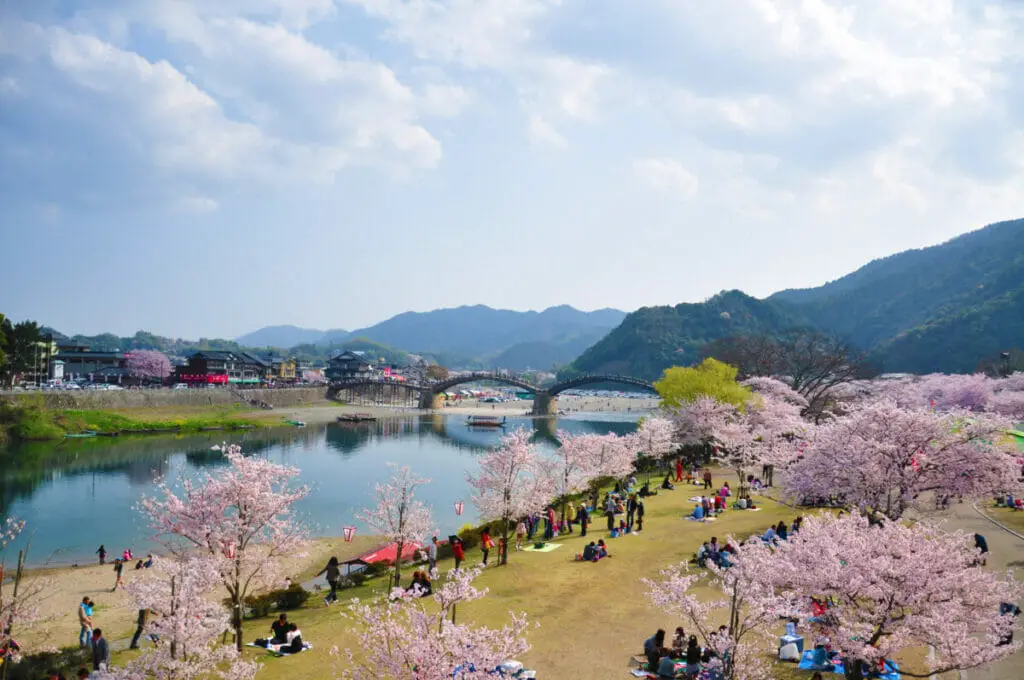
It’s an annual news item, with daily updates as the season approaches, tracking the ‘cherry blossom front’ as it progresses from Okinawa in the south to Hokkaido in the north. This forecast is your best bet for timing your visit perfectly to coincide with this captivating natural spectacle.
However, even if you miss the peak bloom, the ‘hana-fubuki’ or ‘flower snowfall’, when the petals gently fall from the trees, offers an equally enchanting sight.
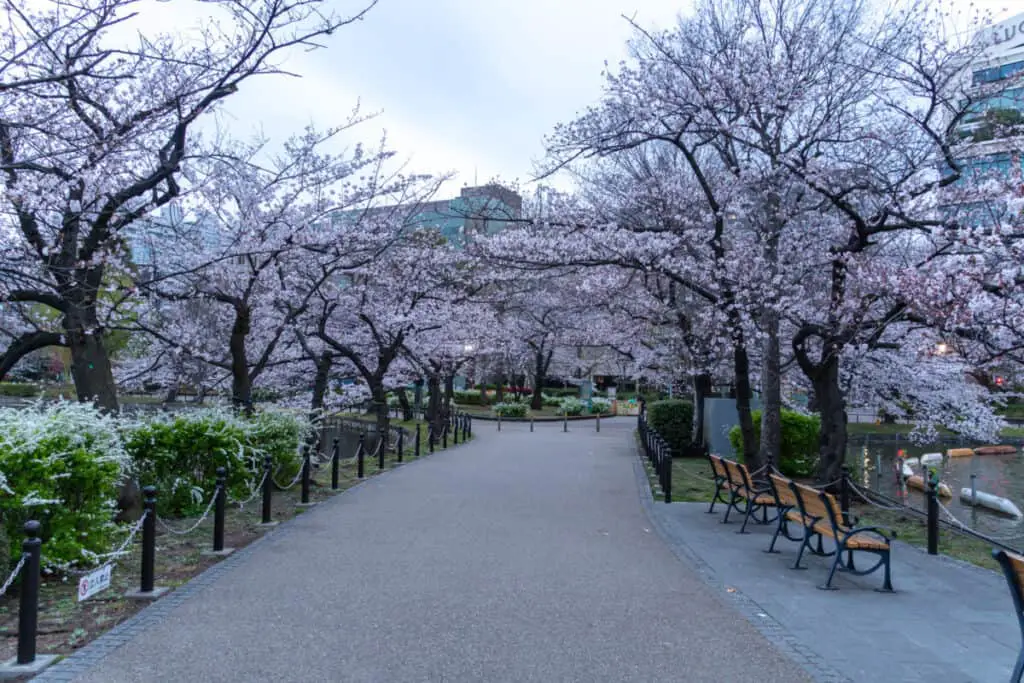
As Sakura fades, another significant event takes shape – the Golden Week. This is a string of national holidays that fall at the end of April and the beginning of May.
Starting with Showa Day on April 29, followed by Constitution Day on May 3, Greenery Day on May 4, and Children’s Day on May 5, it is one of the busiest holiday seasons in Japan.
Many Japanese seize this opportunity to travel, resulting in crowded tourist spots, fully booked accommodations, and inflated prices. Therefore, if you’re seeking a tranquil trip and aiming to avoid crowds, it’s advisable to either plan your trip early in April or after the Golden Week.
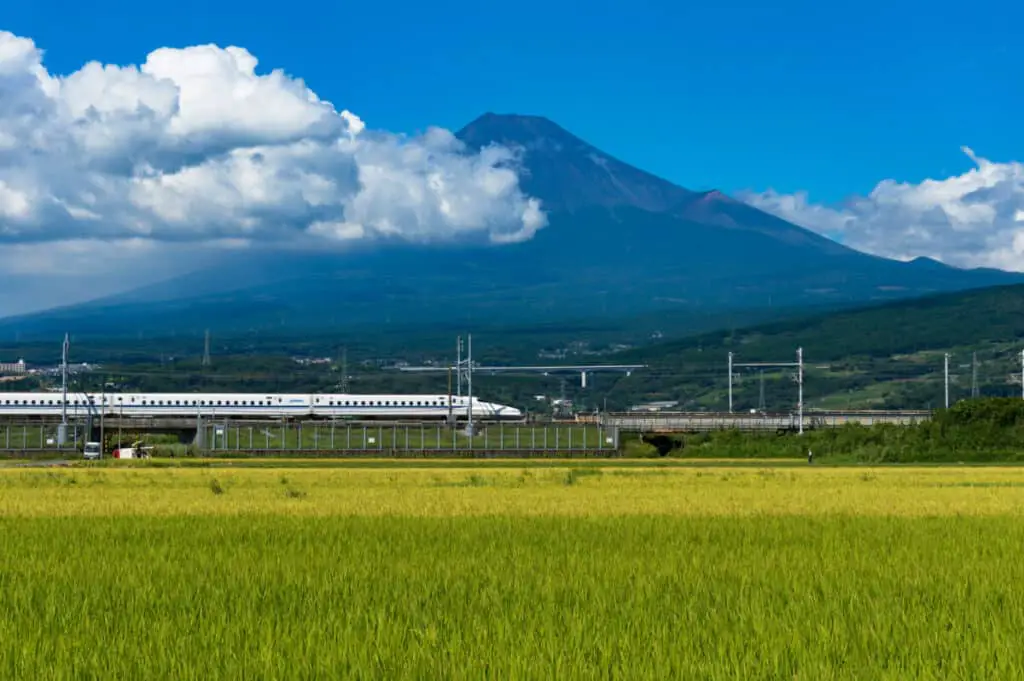
It’s also worth noting that April is the start of the academic and fiscal year in Japan. It’s a time of new beginnings, with entrance ceremonies for schools and universities, and new employees starting their jobs. This aspect adds a certain liveliness and fresh energy to the atmosphere, particularly in cities.
The timing of your visit also impacts other aspects of your trip – from food and festivals to outdoor activities and shopping.
April brings a change in the culinary scene with the introduction of spring delicacies. Festivals celebrating the arrival of spring, including cherry blossom festivals, provide unique cultural experiences.
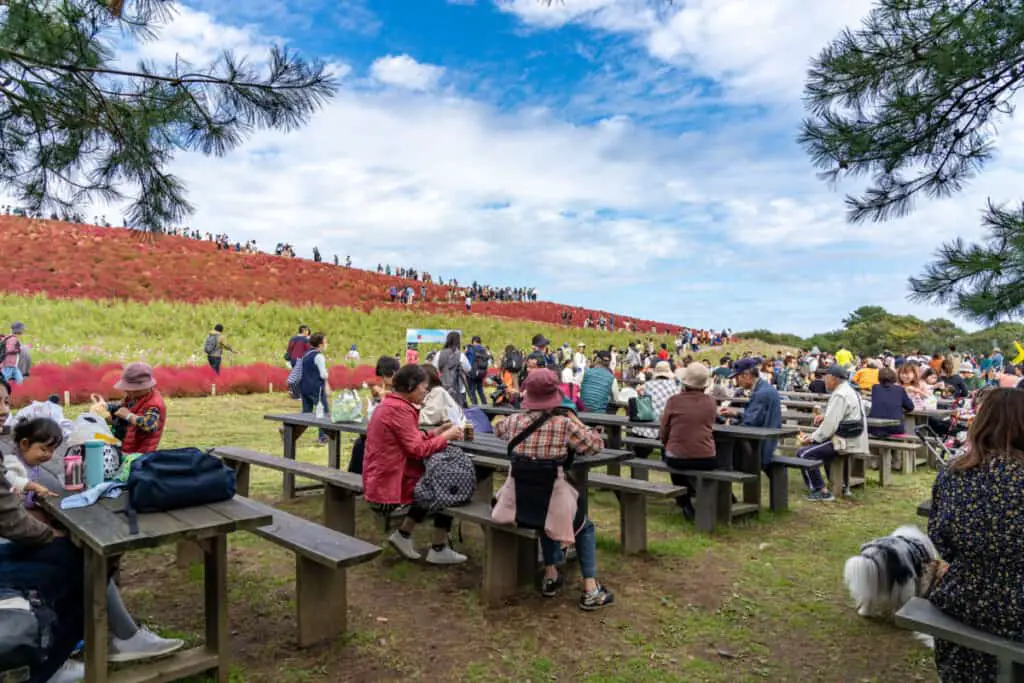
Outdoor activities like hiking and picnicking are more enjoyable in the pleasant spring weather. Plus, shopping districts come alive with spring sales, offering a great opportunity to purchase goods at discounted prices.
In essence, timing your visit to Japan in April requires a fine balance between chasing the cherry blossoms, avoiding the Golden Week rush, and embracing the spring festivities and changes that this month heralds.
Getting Around Japan
Japan’s transportation network is known for its punctuality, frequency, comfort, and efficiency. As you venture into the country, understanding and navigating this system becomes crucial.
In April, when the cherry blossoms are in bloom and the nation is bustling with activities, getting around smoothly will enhance your experience.
Trains and Shinkansen
The backbone of Japan’s transportation is its train system. From local trains to the high-speed Shinkansen (bullet trains), the rail network spans the entire country, connecting major cities and reaching even remote areas.

A highlight of any Japan trip is a ride on the Shinkansen, where speeds can reach up to 320 km/h. This combination of speed and comfort allows for efficient travel between cities, making day trips a viable option.
For tourists, the Japan Rail Pass (JR Pass) can be an economical choice. This pass offers unlimited travel on most trains operated by Japan Railways (JR), including most Shinkansen, as well as certain buses and ferries.
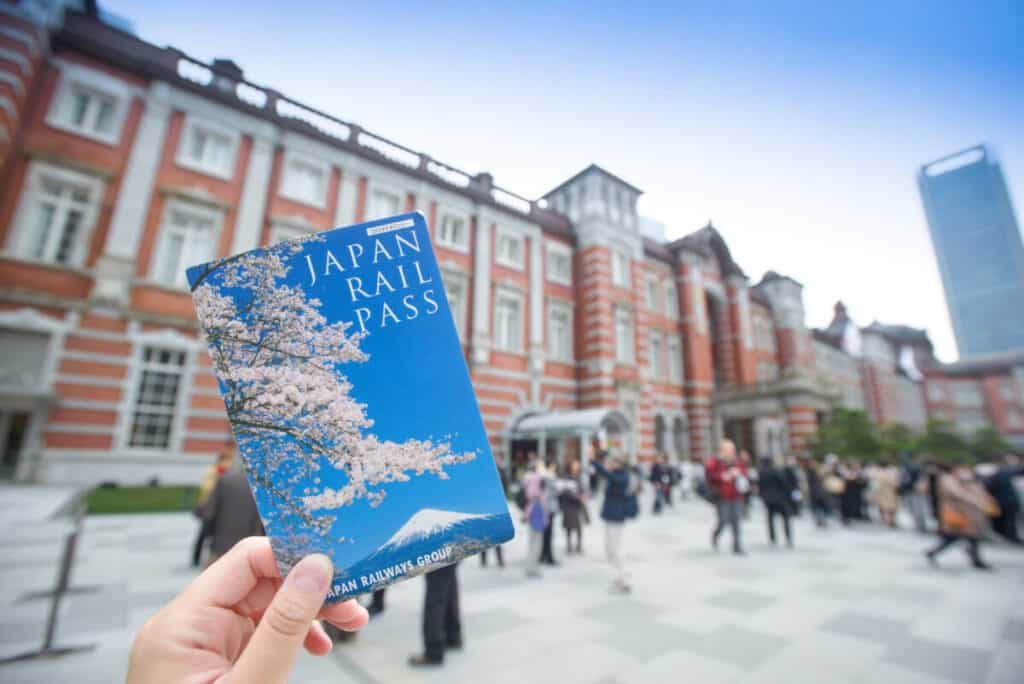
There are nationwide JR Passes and regional ones, and you can choose according to your travel itinerary. Note that the JR Pass needs to be purchased before you enter Japan.
Metro Systems
In cities like Tokyo, Osaka, and Nagoya, the metro systems are intricate and highly efficient, getting you practically anywhere within the city.
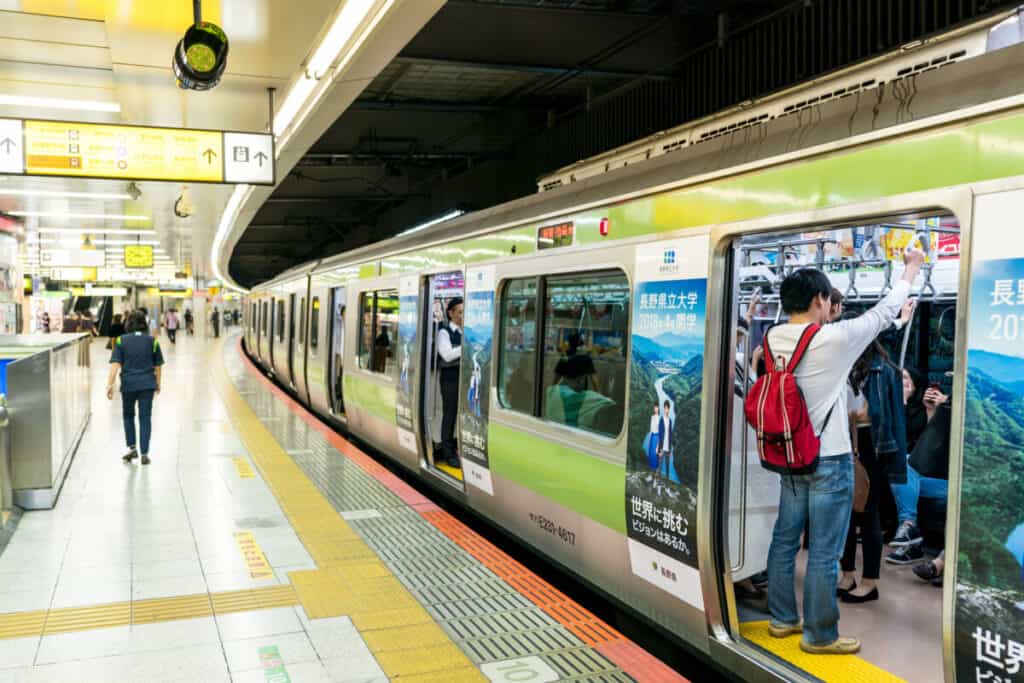
Each line is color-coded and signposted in English, and ticket machines have English instructions, making the process relatively straightforward for non-Japanese speakers.
Prepaid IC cards like Suica and Pasmo can be used on virtually all trains, subways, and buses, saving you the hassle of buying individual tickets each time.
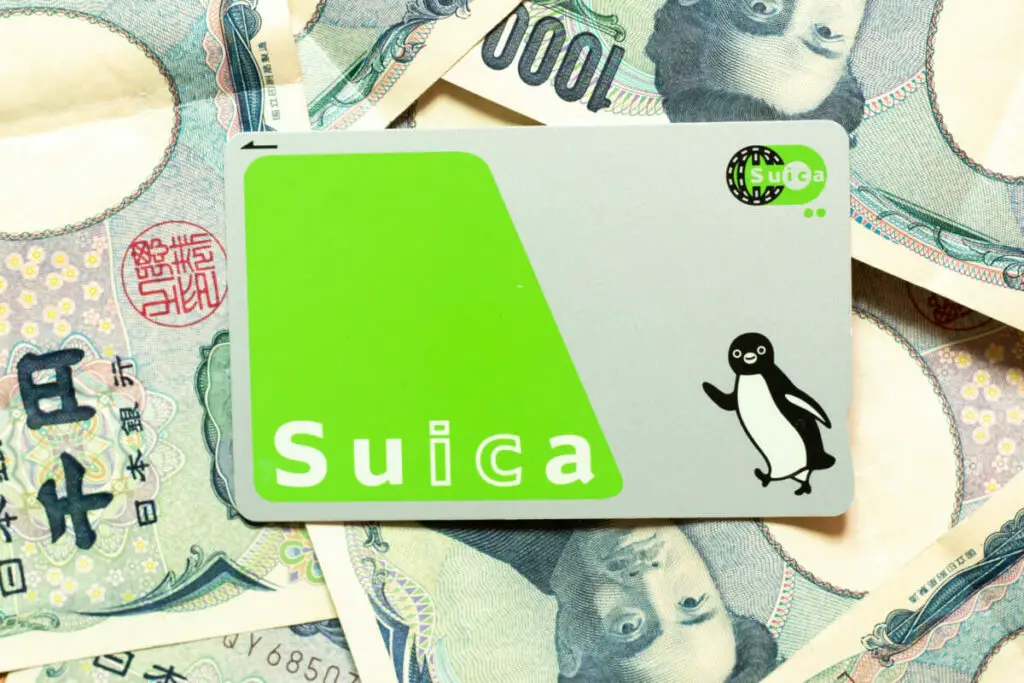
Buses and Trams
While trains are the most common form of public transportation in Japan, buses and trams are also prevalent, especially where train services are limited or non-existent.
In cities like Kyoto, where some tourist attractions are not easily accessible by train, buses offer a convenient alternative.
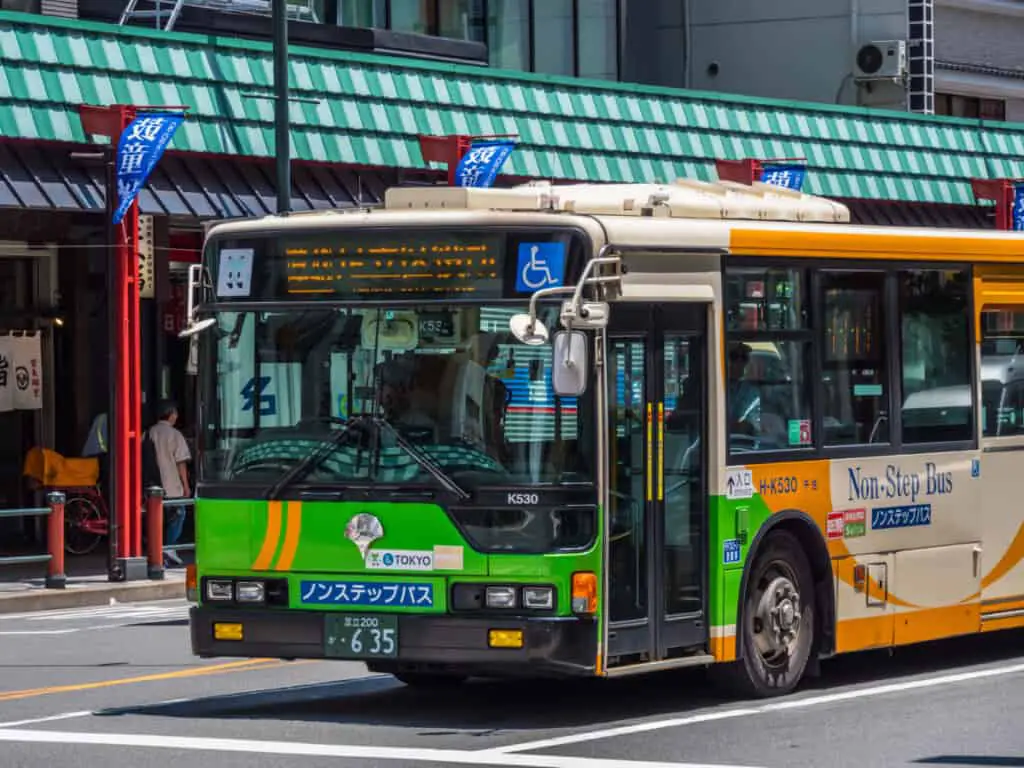
Bicycles
Renting a bicycle can be an enjoyable way to explore, especially in places like Kyoto, which is famous for its flat terrain and numerous bike-friendly paths.
In April, when the weather is pleasant, biking under the cherry blossoms provides an unforgettable experience.
Taxis and Ride-Sharing Apps
Taxis are readily available, although they can be expensive. They’re a good option for short distances or when public transportation is not convenient.
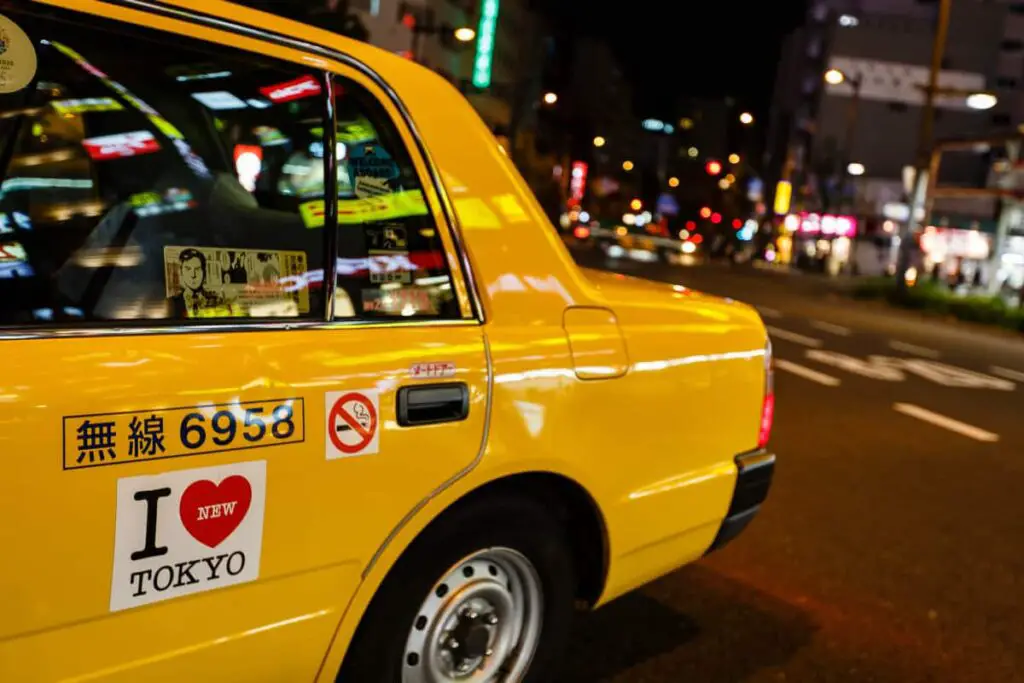
Note that taxi doors are automated – the driver controls them. Ride-sharing services like Uber are available but are less common and more expensive compared to taxis.
Navigation
Japan’s addressing system can be challenging for first-time visitors. To navigate, use reliable apps like Google Maps or Hyperdia, which provide detailed routes, including walking paths.
Many tourist spots also have English signs, and the locals are generally helpful if you ask for directions.
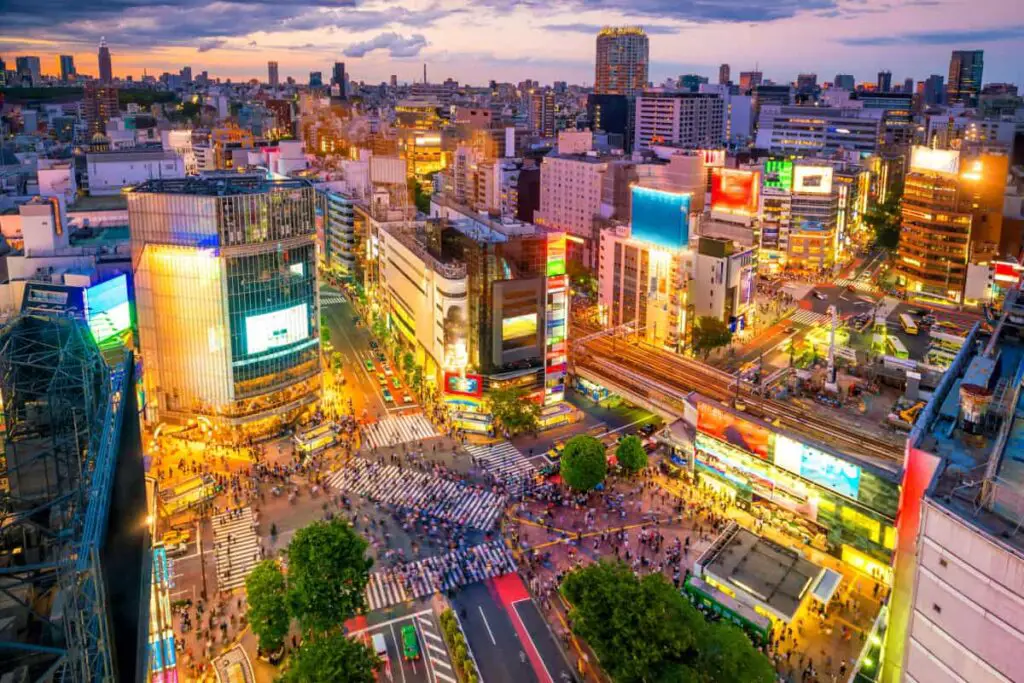
In April, transportation can be busier due to the cherry blossom season and the Golden Week. Remember to check the schedules, as there could be extended services and night trains during these times.
Experiencing Cherry Blossom Season
No trip to Japan in April is complete without immersing yourself in the beauty and charm of the cherry blossom season.
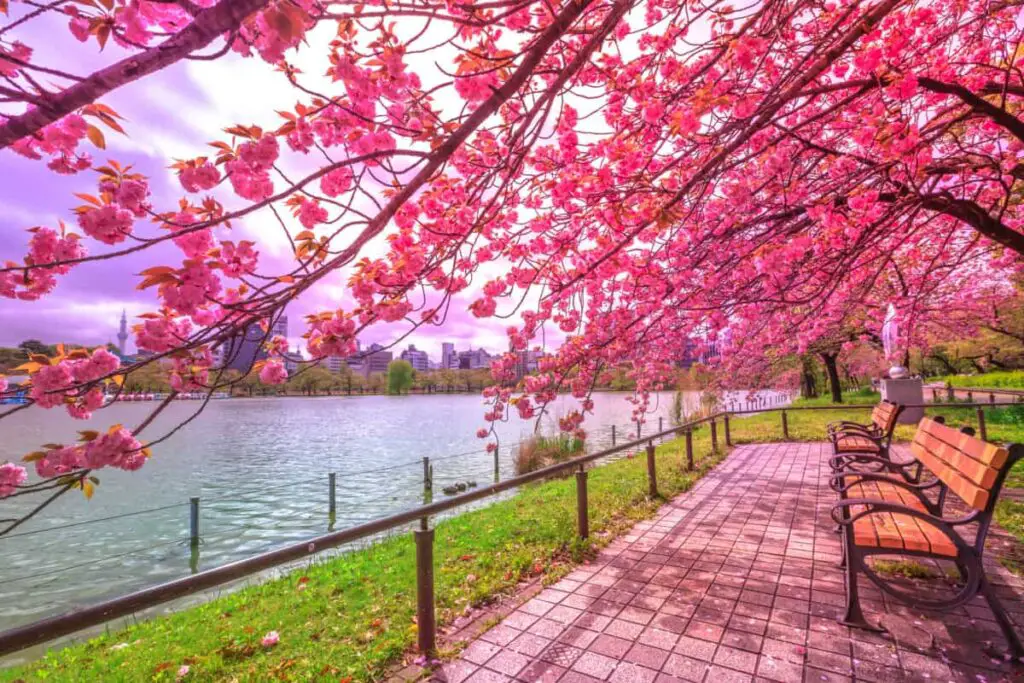
The Sakura, or cherry blossoms, create a spectacle that has captivated the hearts and inspired the arts of Japan for centuries. Here, we delve into how to experience this extraordinary phenomenon fully.
Where to Go
Across Japan, countless spots are renowned for their cherry blossom displays, from city parks and temple grounds to castle ruins and riversides.
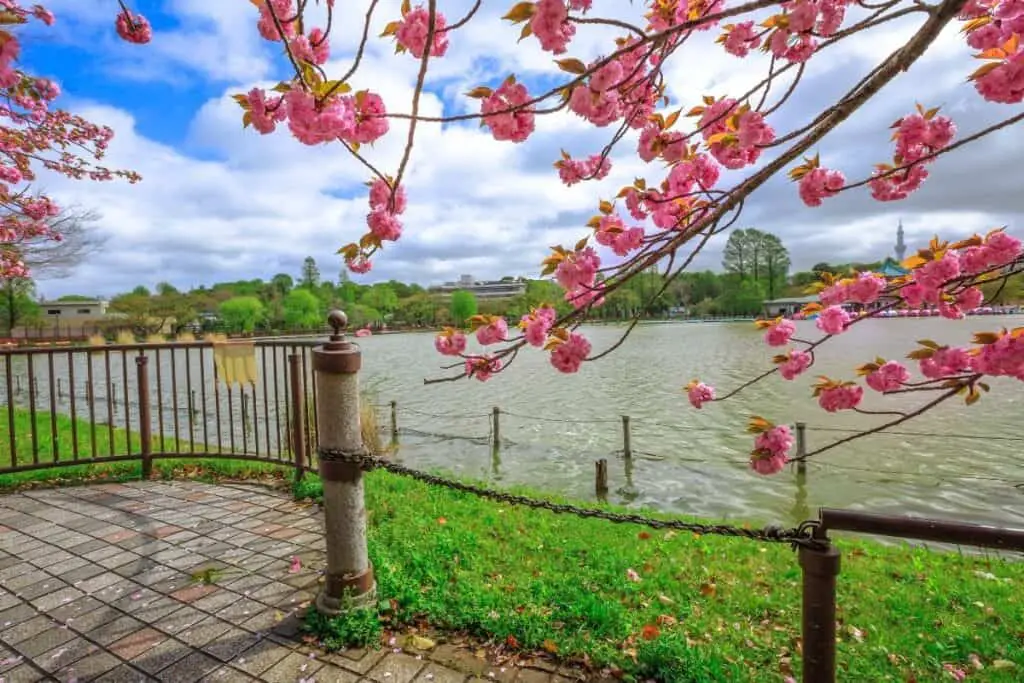
Tokyo, the bustling capital, offers numerous spots. Ueno Park, one of Japan’s first public parks, has over 1000 cherry trees, making it one of the city’s most popular spots for Hanami, the traditional custom of cherry blossom viewing.
Another prominent place is the Chidorigafuchi Moat, where you can enjoy Yozakura (nighttime Sakura viewing) with illuminated blossoms casting a magical glow over the water.
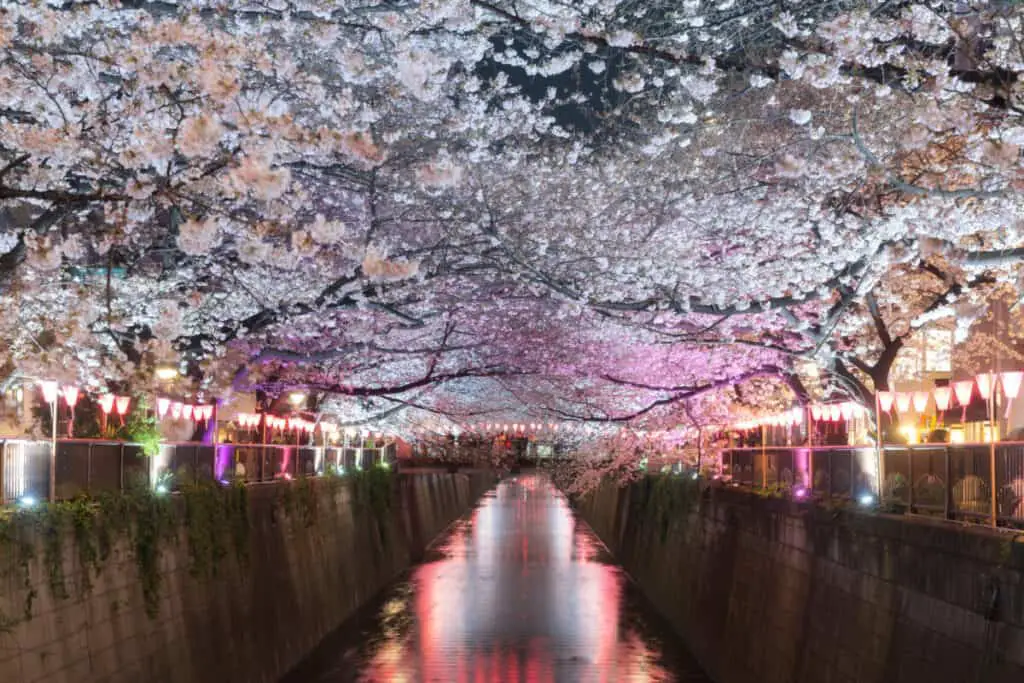
Kyoto, the ancient capital, provides a backdrop of historical temples and shrines that accentuate the beauty of the blossoms.
The Philosopher’s Path, a scenic canal-side walk lined with hundreds of cherry trees, is a favorite. Maruyama Park, Kyoto’s oldest park, is famous for its weeping cherry tree, which is lit up at night, creating an enchanting spectacle.
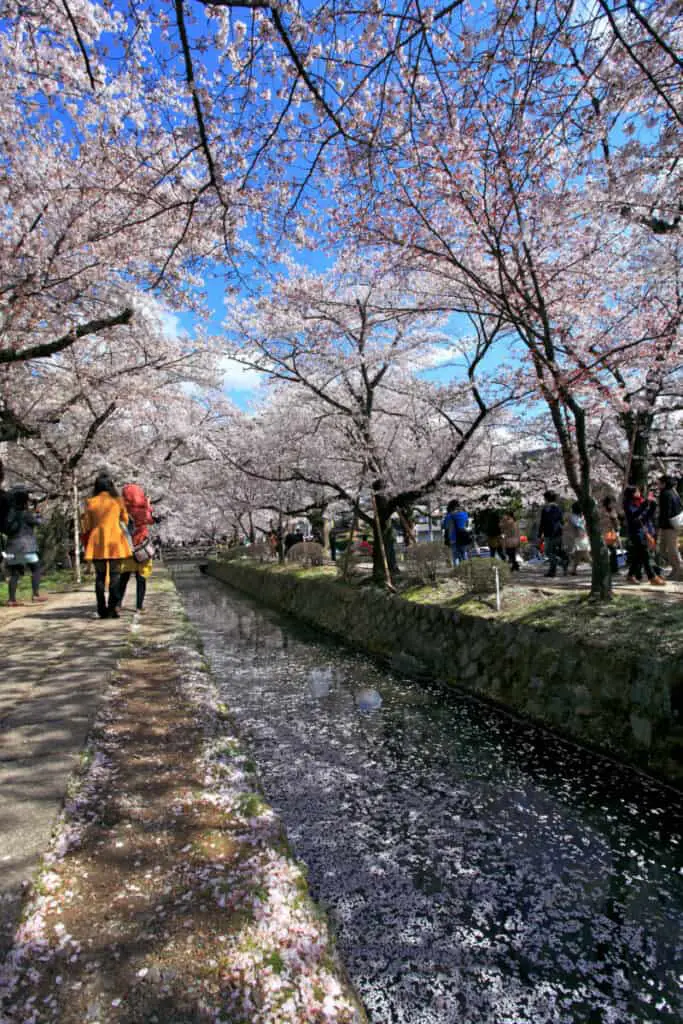
Further north, in the colder regions, the cherry blossom season arrives later. In Aomori, the Hirosaki Castle Park is an iconic location.
With over 2500 cherry trees, petal-filled moats, and illuminated night-time viewing, it’s a scene straight out of a fairy tale.
Hanami – The Art of Flower Viewing
Experiencing Sakura goes beyond mere sightseeing. It’s about appreciating the transient beauty of life, a concept deeply ingrained in Japanese culture.
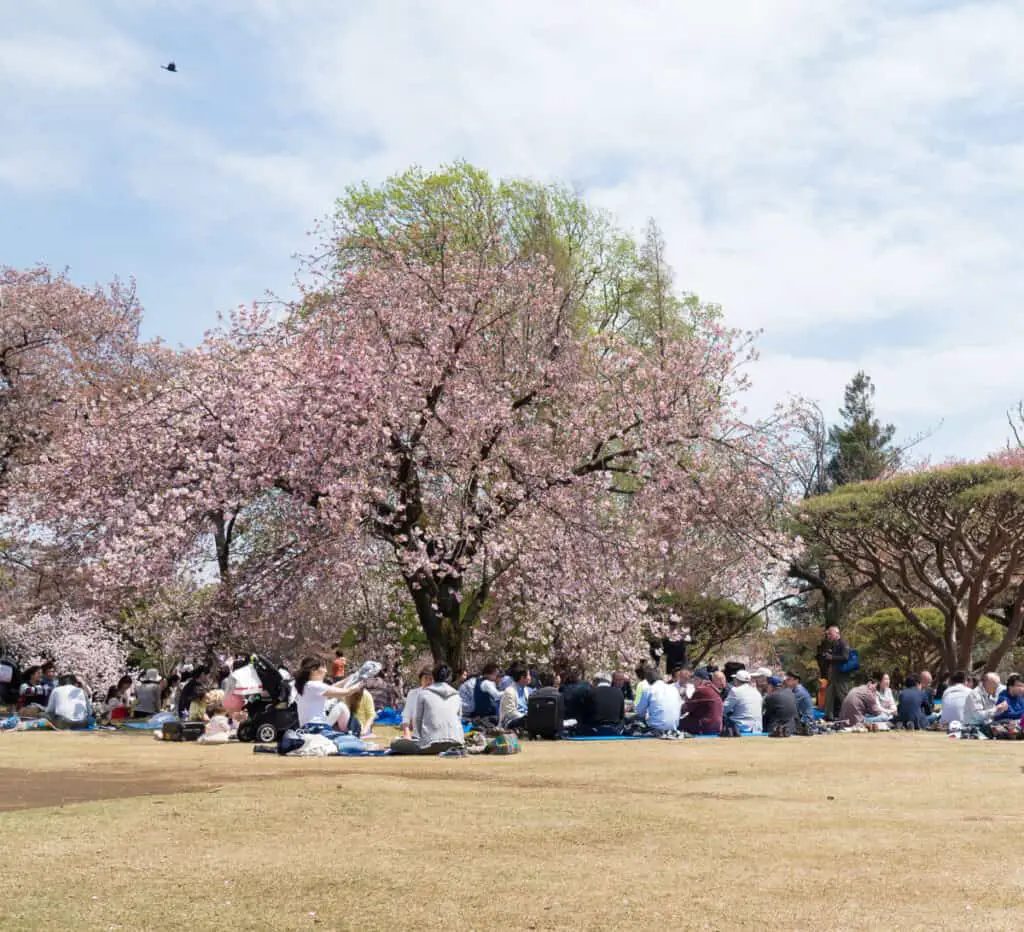
Hanami, which literally translates to ‘flower viewing’, is the traditional practice of enjoying the beauty of the Sakura. It involves picnics under the cherry blossoms with friends, family, or colleagues, with food, drinks, and often, music.
The celebrations can last from the morning into the night, with Yozakura providing a different ambiance as lanterns light up the blossoms.
Remember, Hanami spots in popular parks can get crowded, with people reserving the best spots early in the morning or even the night before. Some parks offer more peaceful Hanami experiences, and a leisurely stroll along a Sakura-lined street or canal can be just as rewarding.
Festivals
Many cherry blossom festivals take place across the country, usually between March and May, coinciding with the local blooming periods.
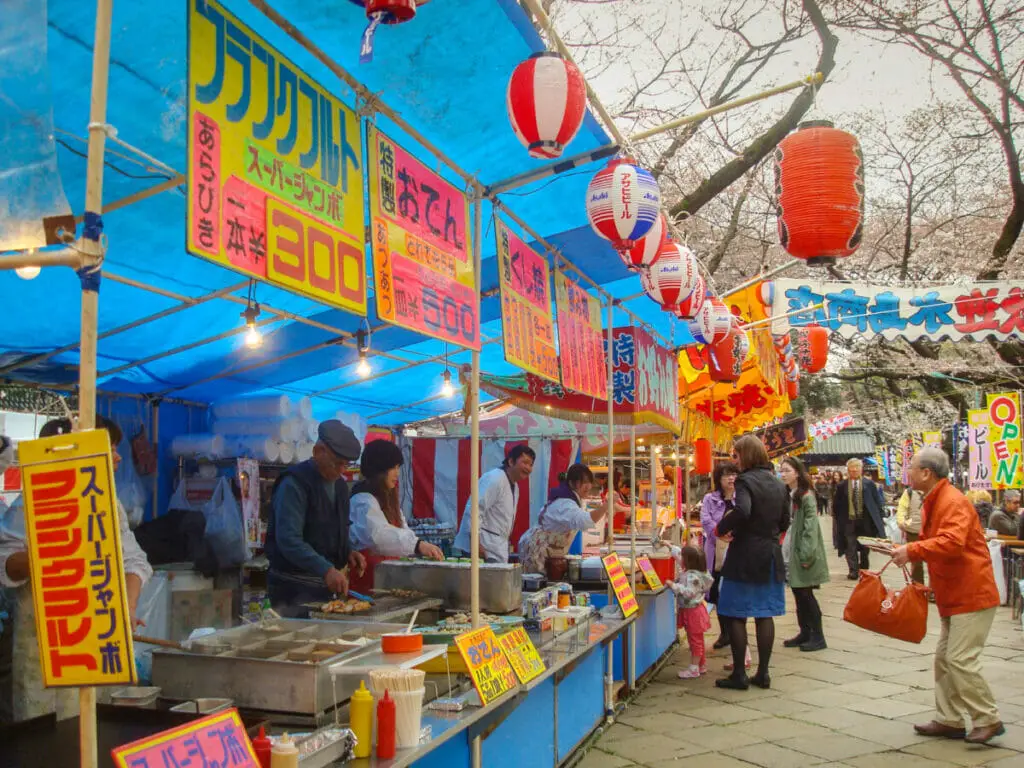
These festivals often involve a variety of events and attractions, such as parades, traditional performances, local food stalls, and Yozakura.
Photography
Sakura provides fantastic photo opportunities. Whether you’re a professional photographer or just looking to capture memories, the key is to be creative.
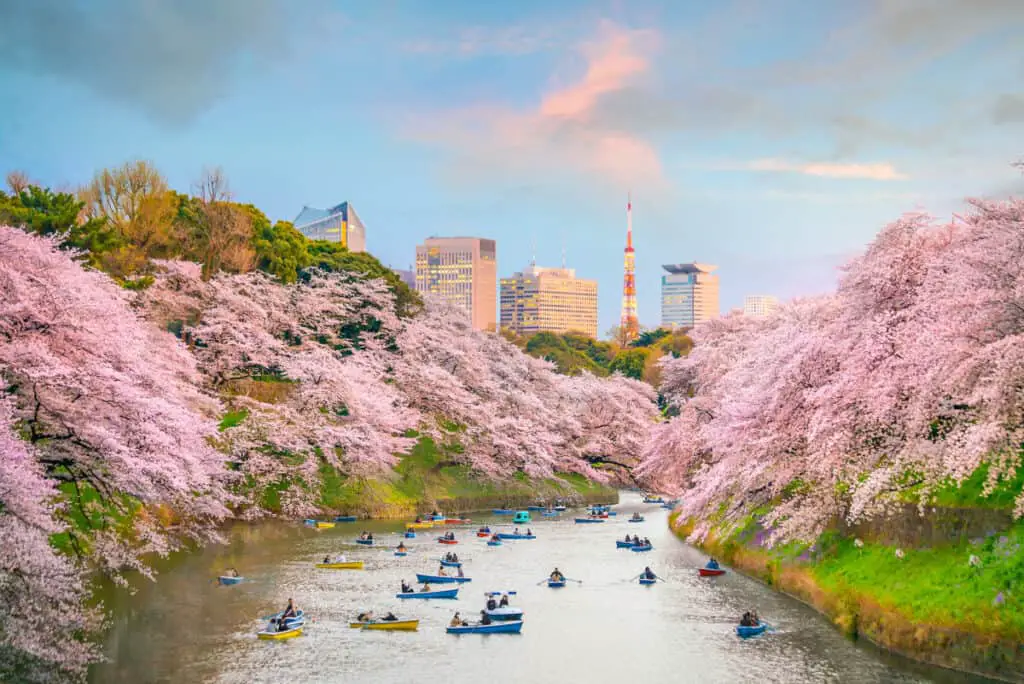
Experiment with angles and perspectives, play with light and shadow during Yozakura, and include elements such as temples, castles, or mountains in the background.
Etiquette
While enjoying the Sakura, it’s important to follow certain etiquette. Do not touch, pluck, or shake the trees – the beauty of Sakura lies in its natural display.
Clean up after your Hanami party and make sure not to leave any trash behind.
End of Sakura
The end of Sakura is as beautiful as its peak. The phenomenon called Hana-Ikada, or flower raft, occurs when fallen petals float on water bodies, creating a carpet of pink.
It’s a soothing sight that marks the end of the Sakura season, preparing you for the next phase of spring in Japan.
Seasonal Food and Drink
Japan is globally recognized for its exquisite cuisine, from fresh sushi and delicate tempura to hearty ramen and succulent yakitori.
The turn of the season from winter to spring in April introduces a whole new palette of flavors that is not to be missed.
Seasonal Produce
Japanese cuisine is deeply influenced by the changing seasons, and April heralds the arrival of a variety of fresh produce.
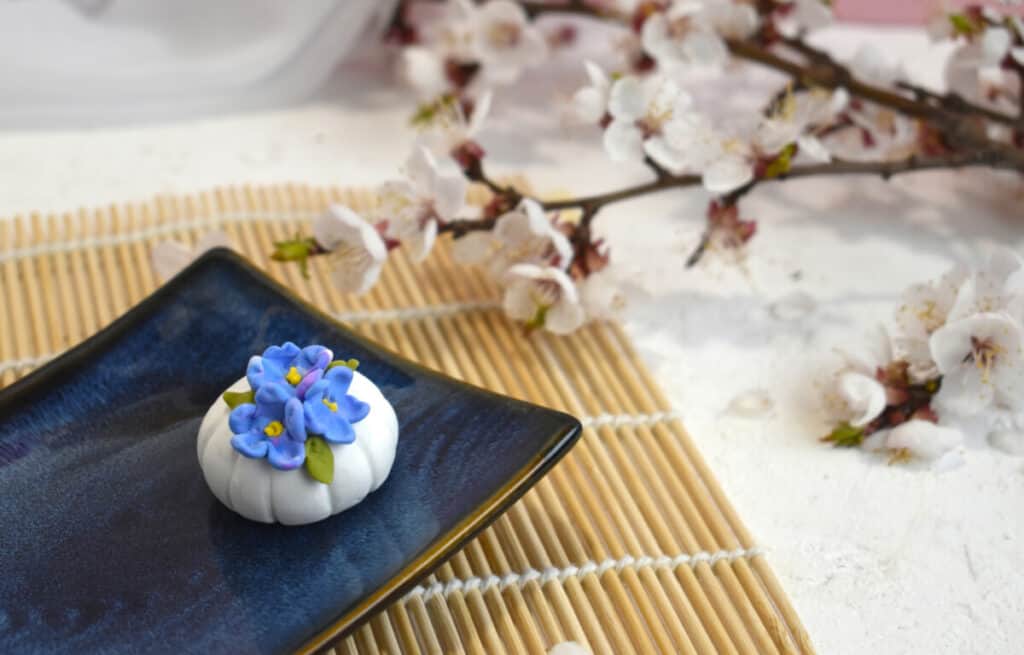
You will start to see takenoko (bamboo shoots), a spring delicacy used in many dishes like Takenoko Gohan (bamboo shoot rice) or Takenoko no Nimono (simmered bamboo shoots). Warabi (bracken), a type of fern, and Kogomi (ostrich fern), often served as tempura or in soups, also make their appearance.
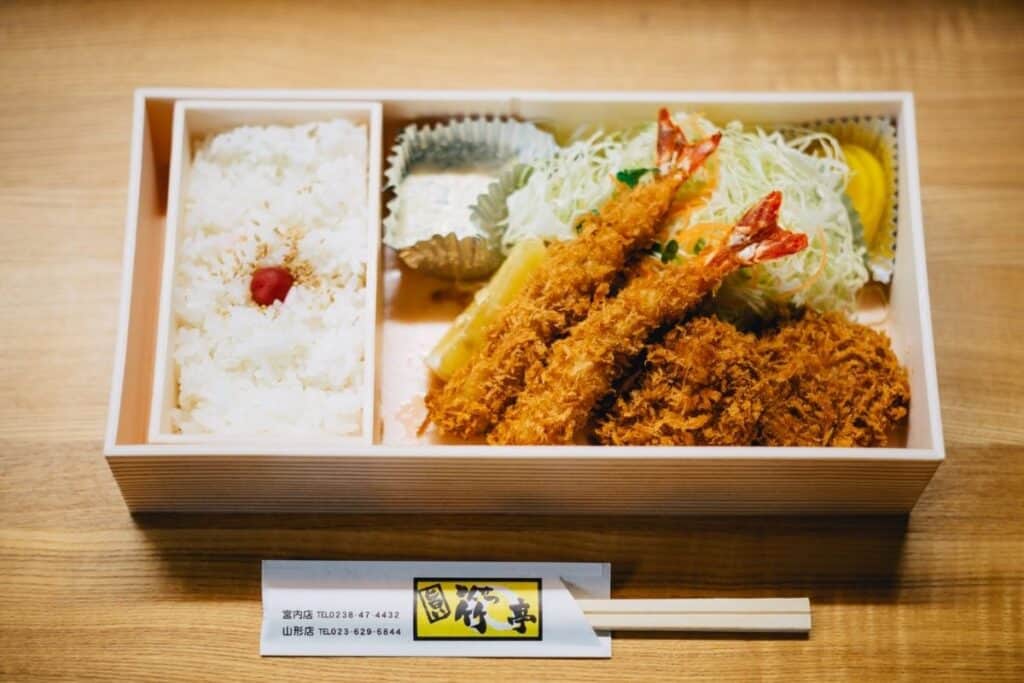
One unique spring produce is Sansai (mountain vegetables). These wild plants and herbs, harvested from the countryside, have distinct flavors and are known for their health benefits. Sansai Ryori (mountain vegetable cuisine) is something worth trying, with offerings like Tempura, Soba, and Udon.
Sakura-themed Dishes
In celebration of the cherry blossom season, many food and drink items adopt a Sakura theme. Sakura Mochi, a sweet pink rice cake filled with red bean paste and wrapped in a pickled cherry blossom leaf, is a traditional spring treat. Sakura-flavored Kit Kats, a popular souvenir, offer a unique taste.
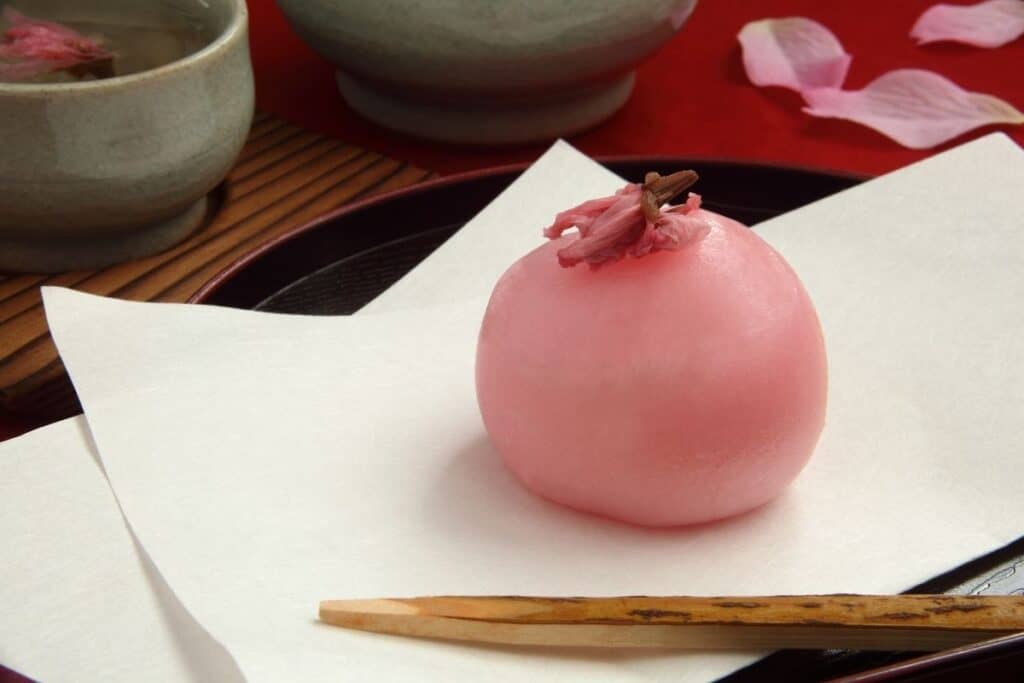
Sakura tea, where hot water is poured over salt-pickled cherry blossoms, is a special drink for this season.
The subtle floral aroma provides a soothing experience. Even Starbucks in Japan joins the Sakura celebration by introducing cherry blossom-themed drinks and food.
Street Food
April is also a time for various festivals, where Yatai (food stalls) serve a range of mouth-watering street food. Takoyaki (octopus balls), Yakitori (grilled chicken skewers), Okonomiyaki (Japanese savory pancake), and Taiyaki (fish-shaped cake with fillings) are some of the popular choices.
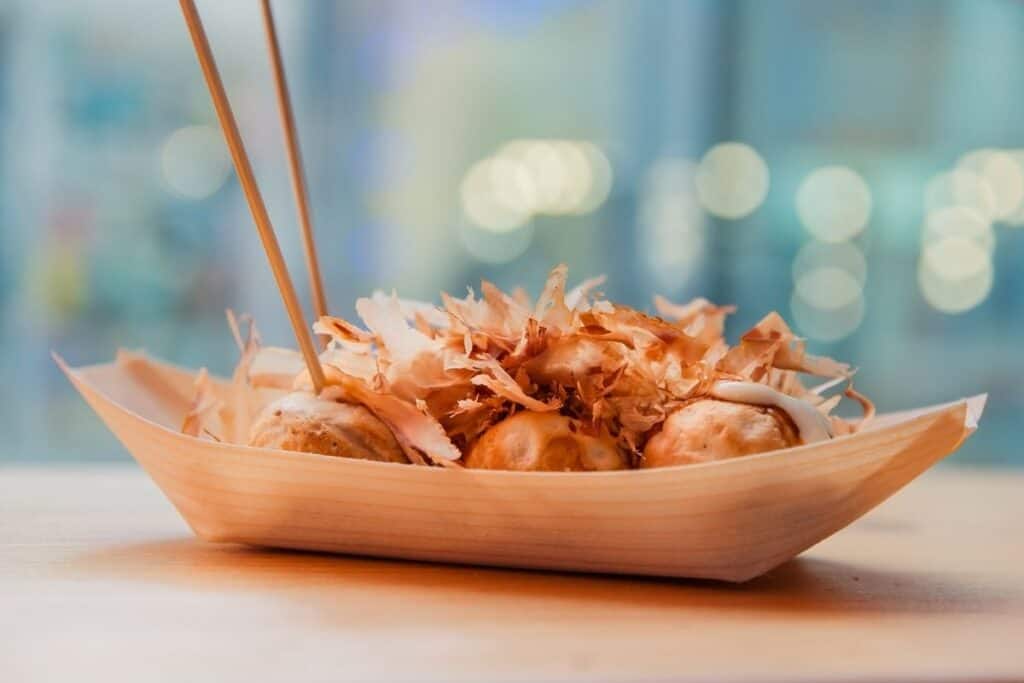
Don’t miss out on Sakura-flavored soft-serve ice cream, available only during this season.
Sake
Sake, or Nihonshu, Japan’s traditional rice wine, is a beverage that fits all seasons. In spring, try the Namazake (unpasteurized sake), which retains its fresh, fruity flavor.
Sake tasting sessions, available in many breweries, are a great way to explore this Japanese art form.
Etiquette
As you savor Japanese cuisine, remember some basic etiquette. Never stick chopsticks upright in a bowl of rice, as it’s associated with funerals.
Avoid passing food directly from chopstick to chopstick, another funeral-related custom. When not using chopsticks, rest them on the chopstick holder.
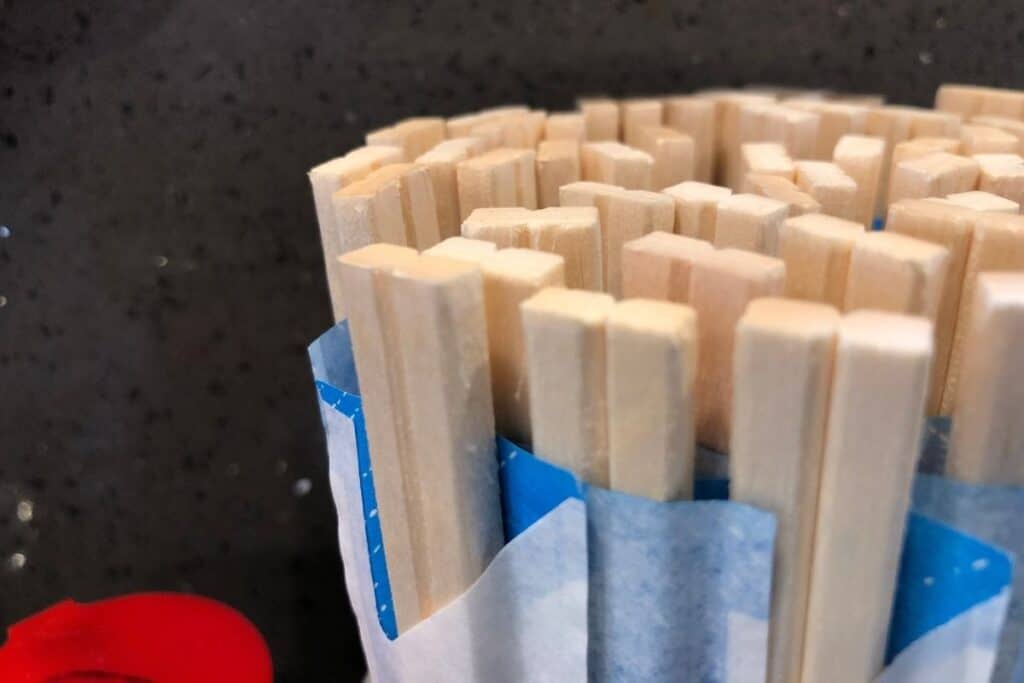
Food in Japan is more than just nourishment – it’s an integral part of the culture, tradition, and seasonal rhythms. April offers a culinary journey that allows you to taste the freshness of spring and the spirit of the Sakura season.
Accommodation in April
Finding the right accommodation can significantly enhance your travel experience in Japan. Japan offers a wide range of accommodations to fit all budgets and preferences, from luxurious hotels and traditional Ryokan to budget-friendly hostels and unique capsule hotels.
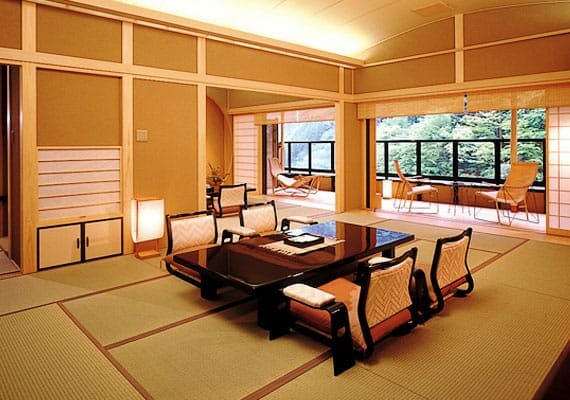
In April, due to the Sakura season and Golden Week, accommodations can fill up quickly, so early booking is advisable.
Hotels
In Japan’s cities, you will find an array of western-style hotels, ranging from luxury to business hotels.
Luxury hotels offer high-end amenities, outstanding service, and often have English-speaking staff.
Business hotels, while smaller, provide clean and comfortable rooms at more affordable rates. Many hotels provide amenities like Wi-Fi, toiletries, and breakfast.
Ryokan
For a quintessential Japanese experience, consider staying in a Ryokan, a traditional Japanese inn.
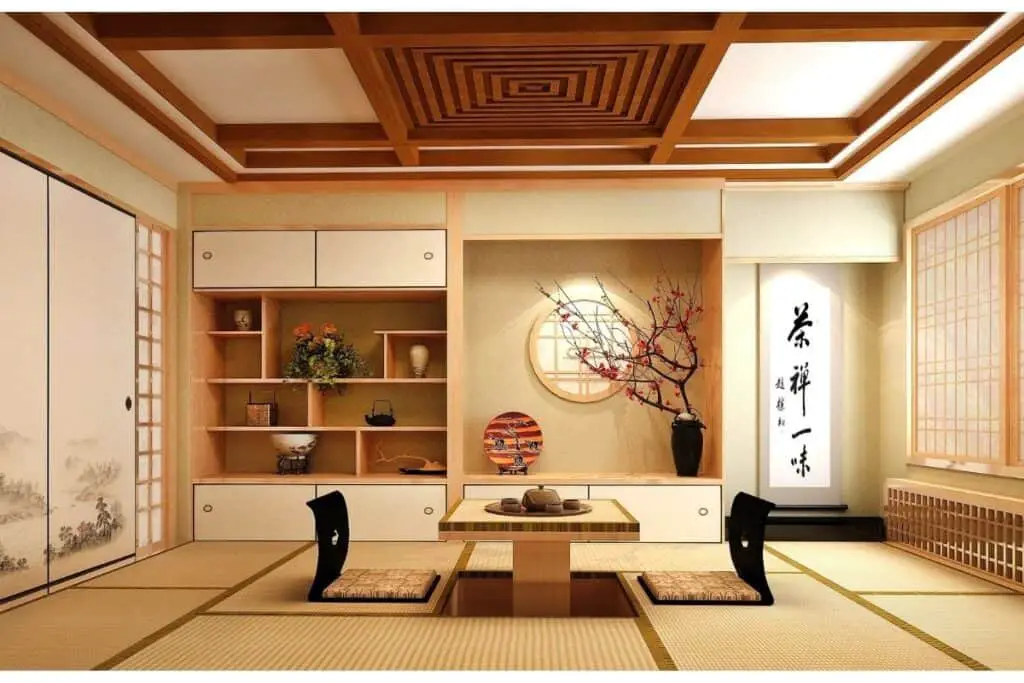
The tatami-matted rooms, futon beds, yukata (casual kimono), onsen (hot spring bath), and kaiseki (traditional multi-course meal) provide an immersive cultural experience. Ryokans can range from budget-friendly guesthouses to luxurious inns.
Hostels and Guesthouses
Budget travelers can opt for hostels and guesthouses. These offer dormitory-style rooms, often with shared bathrooms, and are a great way to meet fellow travelers.
Despite the low cost, most maintain a high standard of cleanliness.
Capsule Hotels
Capsule hotels, where you sleep in a pod-like room just big enough for a single person, offer a unique experience.
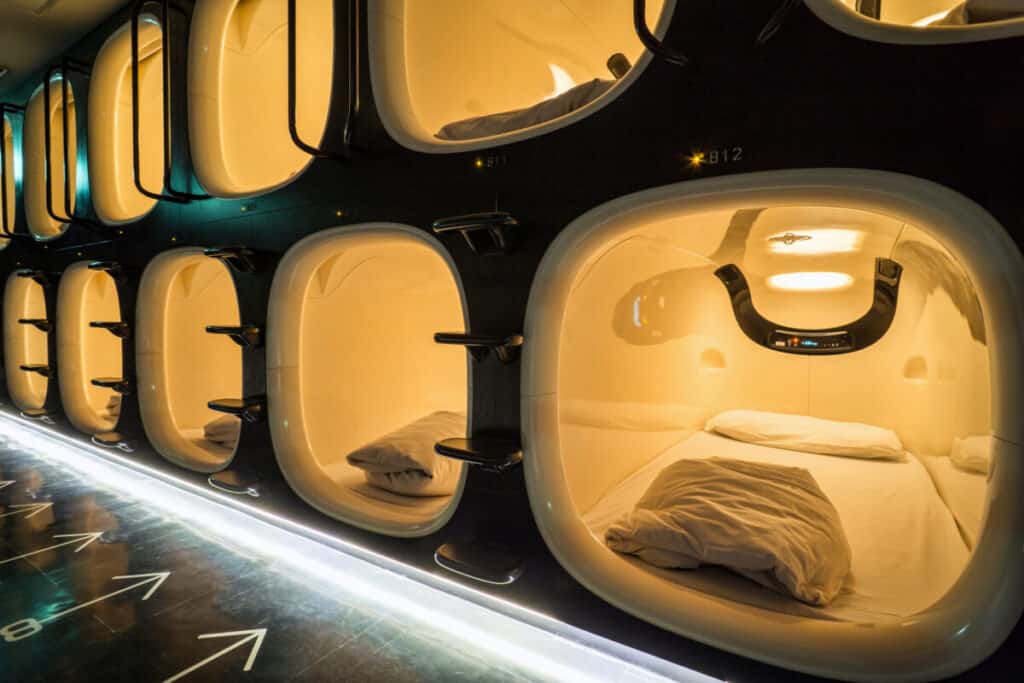
While originally designed for business people who missed their last train home, these are now also popular among tourists for their novelty.
Rentals
For longer stays or a more local experience, you can rent apartments or houses through services like Airbnb. These often come with a kitchen, allowing you to try cooking with local ingredients.
Love Hotels
These hotels, characterized by their privacy and themed rooms, are designed for couples looking for some private time.

While they have a certain reputation, they are clean and safe, offering an interesting experience.
Choosing Your Accommodation
When choosing your accommodation, consider factors like location, access to public transportation, proximity to the places you want to visit, and the type of neighborhood (quiet residential vs. lively downtown). Check guest reviews and ratings for insights on cleanliness, service, and value for money.
Remember, the Sakura season is one of the most popular times for travel in Japan, and accommodations can fill up fast. Book early and consider your options carefully to find the accommodation that best suits your needs and preferences.
Cultural Etiquette
As a visitor to Japan, understanding some of the country’s cultural norms and practices can enrich your experience and help you avoid unintentional faux pas.
Japanese society is grounded in principles of respect, harmony, and consideration for others, and these are reflected in their customs and manners.
Greetings
The Japanese typically greet each other with a bow, symbolizing respect. The deeper the bow, the more respect is shown.
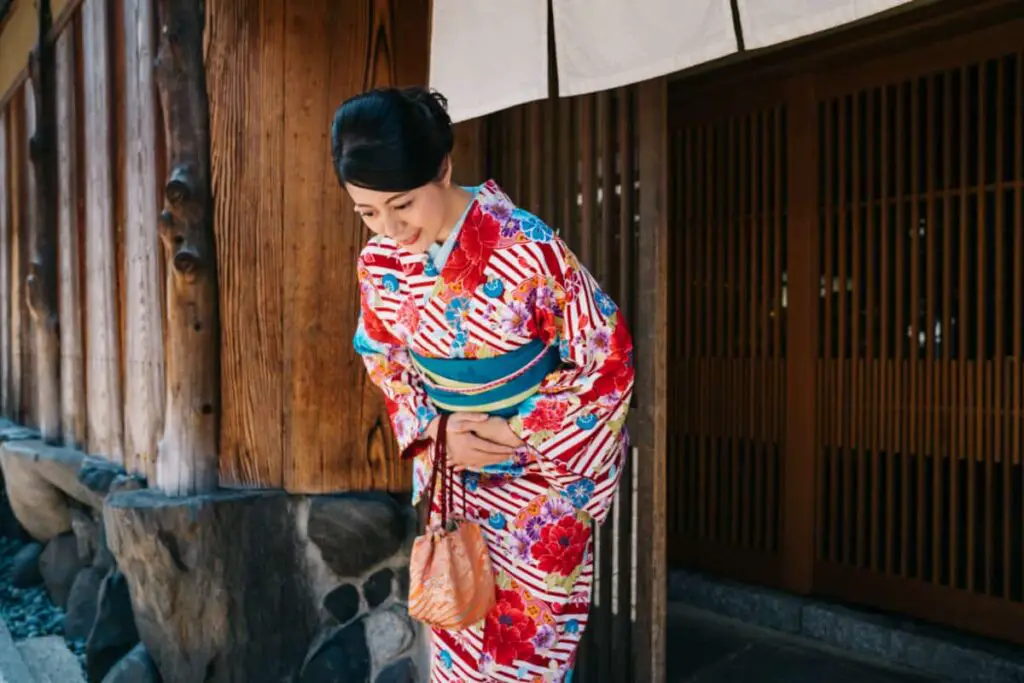
As a foreign visitor, you are not expected to bow, and a nod of the head is usually sufficient. Handshakes are also acceptable, especially in business contexts.
Shoes
Japan has strict customs regarding shoes. In homes and many traditional accommodations like Ryokan, as well as some restaurants and temples, you are expected to remove your shoes at the entrance. Slippers are often provided for indoor use.
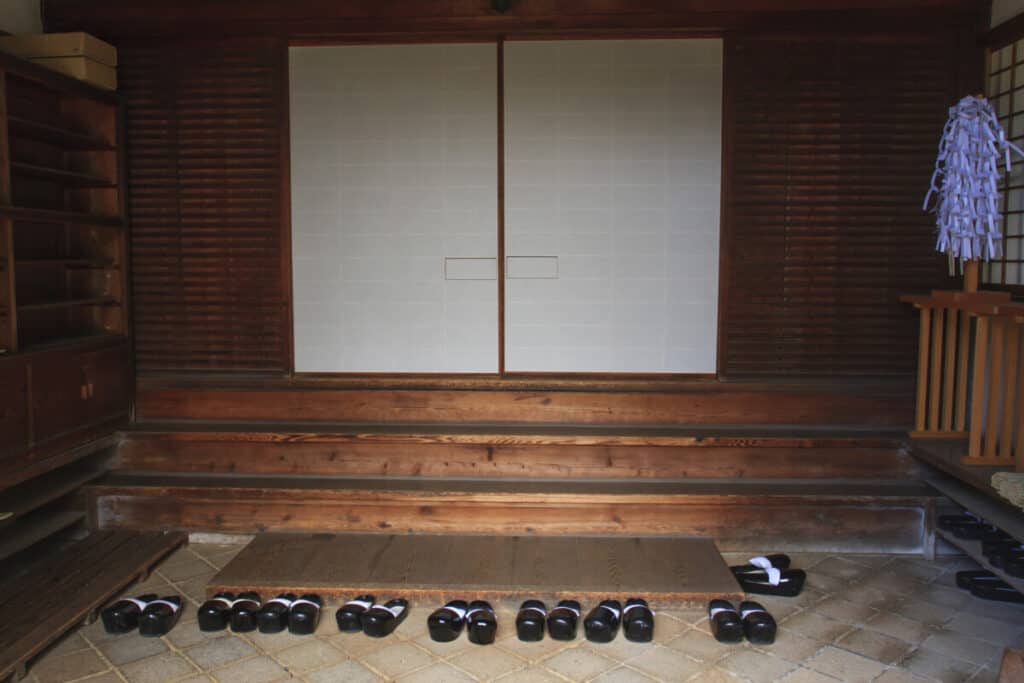
There may also be separate slippers for toilet use – remember to switch back after use.
Temples and Shrines
When visiting temples and shrines, show respect by following the specific customs. At the purification fountain near the entrance, rinse both hands and mouth before proceeding.
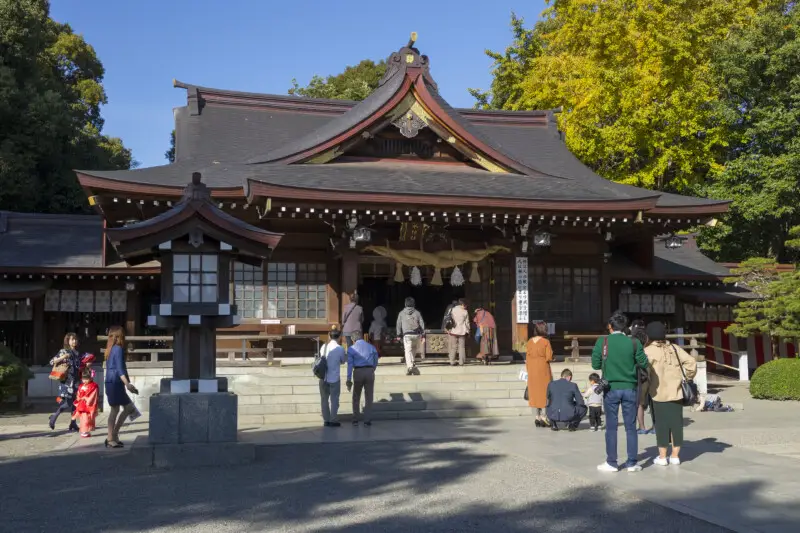
At Shinto shrines, you may see a large rope hanging in front of the shrine building. Ring the attached bell by swinging the rope, bow twice, clap your hands twice, make a wish, and bow once more.
Onsen (Hot Springs)
Onsen are a significant part of Japanese culture, and there are specific rules to follow. Before entering the bath, thoroughly clean your body at the washing area.
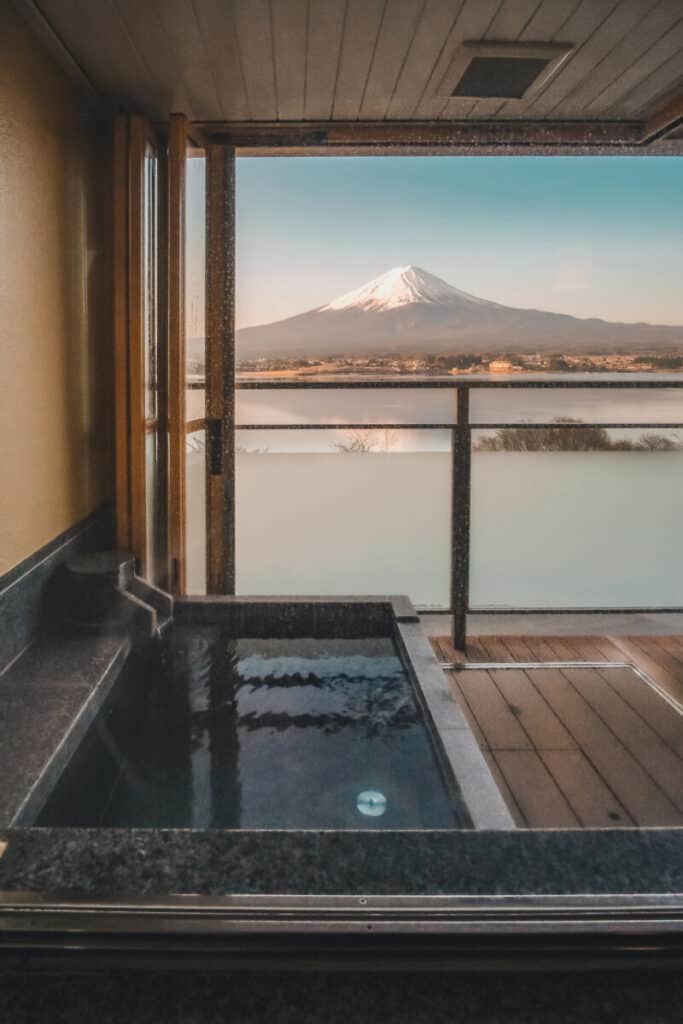
Enter the bath slowly to acclimate to the hot water. Note that most onsen do not allow swimsuits, and tattoos are often frowned upon due to their association with the Yakuza (Japanese mafia).
Public Behavior
Japanese society values harmony, and being considerate of others is critical. Avoid speaking loudly, especially in public transportation.
Eating while walking on the street is generally considered impolite, and it’s rare to see people eating on public transportation, except for long-distance trains.
Tipping
Tipping is not customary in Japan and can sometimes be seen as insulting. The price you see is the price you pay. Exceptional service is considered standard and does not require extra compensation.
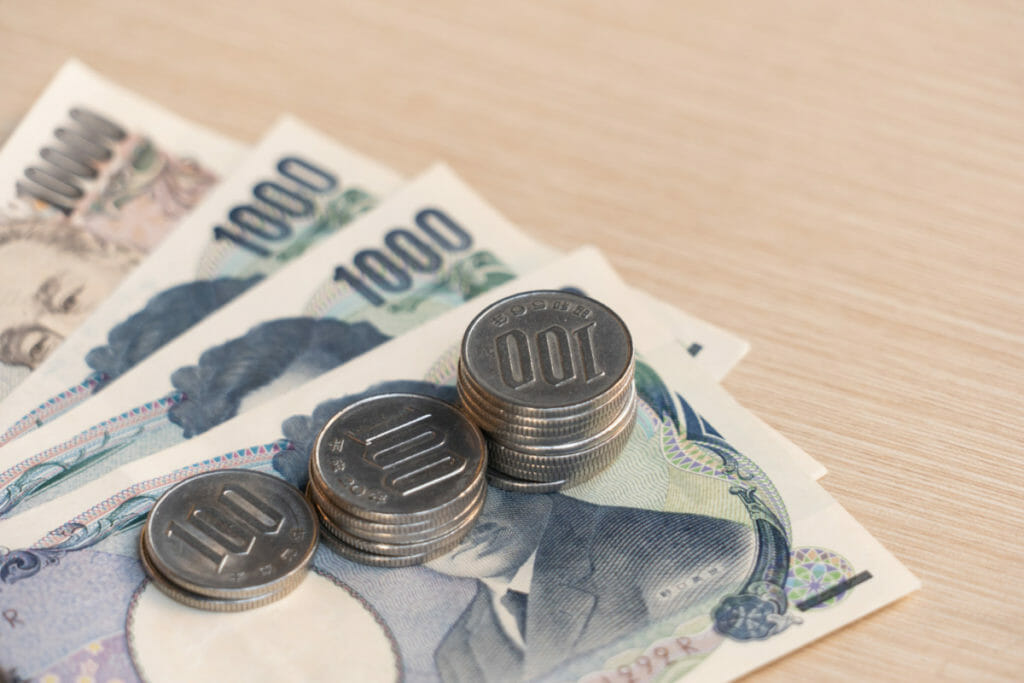
Recycling and Trash
Japan is known for its stringent recycling rules. Pay attention to the signs on the trash bins and separate your trash accordingly.
Note that public trash cans are rare, so you may need to carry your trash until you find one or until you return to your accommodation.
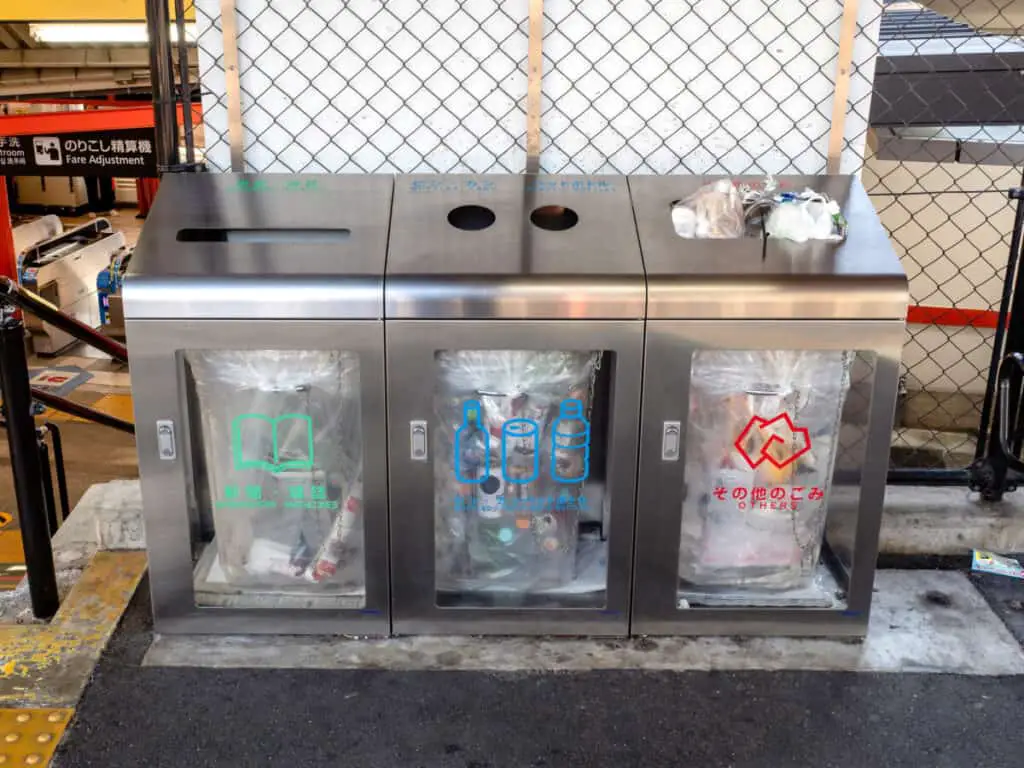
Navigating Japan’s cultural landscape can initially seem daunting, but with a little understanding and respect for their norms, you’ll find it a rewarding part of your travel experience. Remember, the Japanese are generally forgiving of any unintentional cultural missteps by foreigners, and your efforts to respect their customs will be appreciated.
Embrace the Uniqueness of April
Traveling to Japan in April presents you with a unique blend of experiences that reflect both the natural beauty and cultural richness of this incredible country.
As the chill of winter recedes, April ushers in a season of rejuvenation, celebration, and introspection, symbolized by the ethereal beauty of the Sakura.
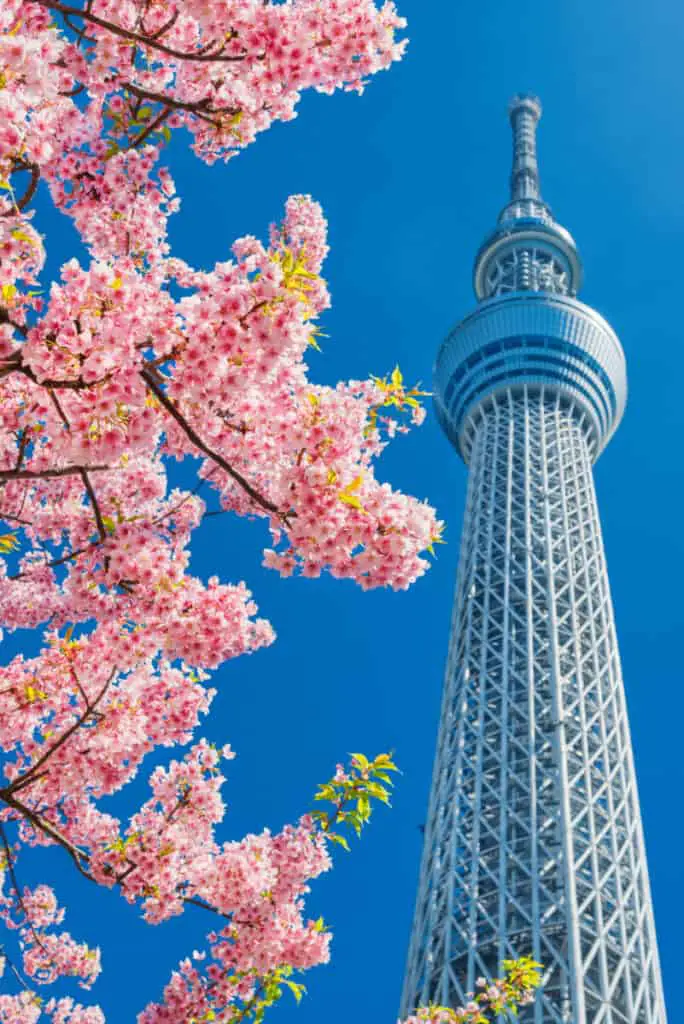
This article has provided a comprehensive guide to help you make the most of your April journey to Japan, from immersing yourself in the cherry blossom season to exploring the seasonal flavors, from understanding accommodation options to navigating cultural etiquette.
Yet, the tips presented here are but a stepping stone. Japan is a country with endless surprises and hidden treasures that often lie off the beaten path.
Whether it is discovering a quaint café in the backstreets of Tokyo, striking up a conversation with a local at a remote hot spring, or finding yourself mesmerized by a simple sunset over an ancient shrine, it is these unplanned moments that often become the most cherished memories.
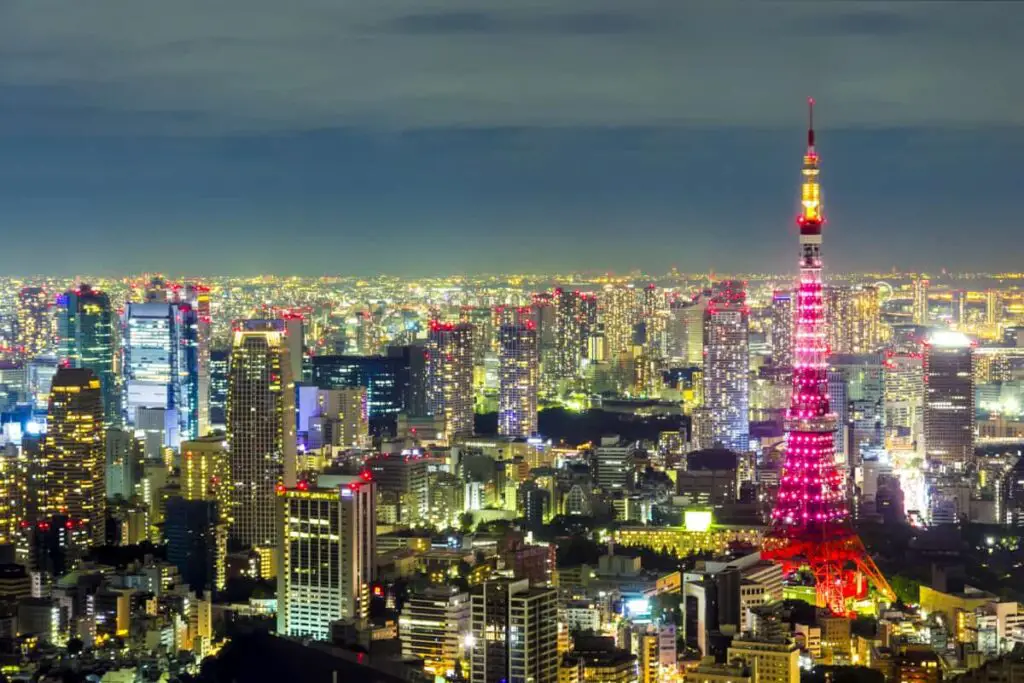
Embrace the spirit of the season. Immerse yourself in the culture. Delight in the cuisine. Soak in the sights and sounds.
Make your trip to Japan in April a journey of discovery, enrichment, and personal growth.
As the Japanese proverb goes, “Ichigo Ichie” – this moment is unique, and it will never happen again. Make the most of it!
Below are compiled a list of common travel websites to help you navigate your time in Japan
- Japan National Tourism Organization (JNTO)
- Tokyo Metropolitan Government’s Official Travel Guide
- Japan: The Official Guide (Japan National Tourism Organization)
- Osaka Info (Official Guide to Osaka)
- Kyoto Tourism Official Website
- Hiroshima Prefecture Official Tourism Website
- Nara Travel Guide
- Sapporo Tourism Official Website
- Hakone Tourism Association
- Yokohama Official Visitors Guide
- Okinawa Island Guide
- Nagoya Travel Guide
- Kanazawa Tourism Guide
- Sendai Tourism Website
- Fukuoka Tourism Website

